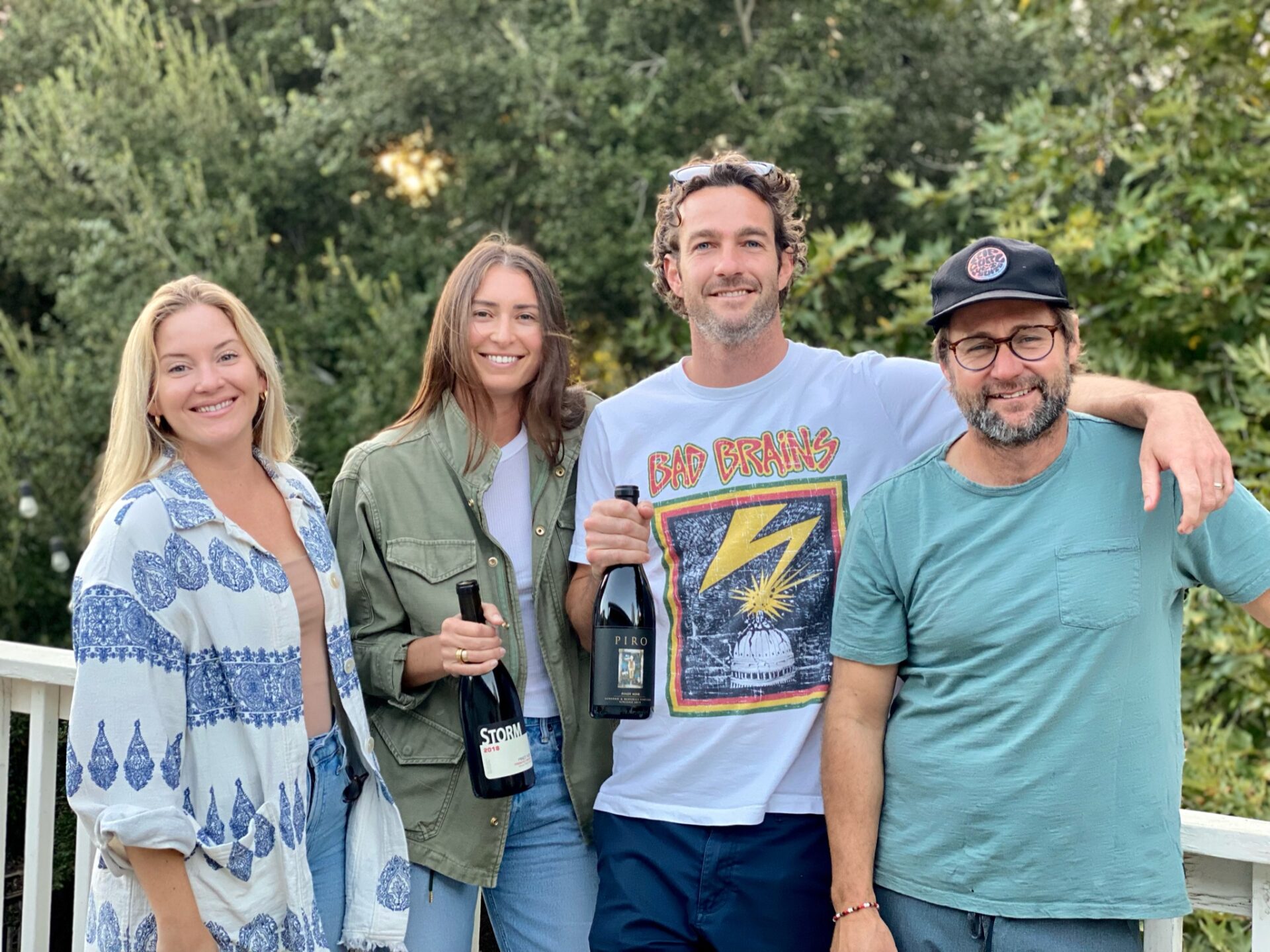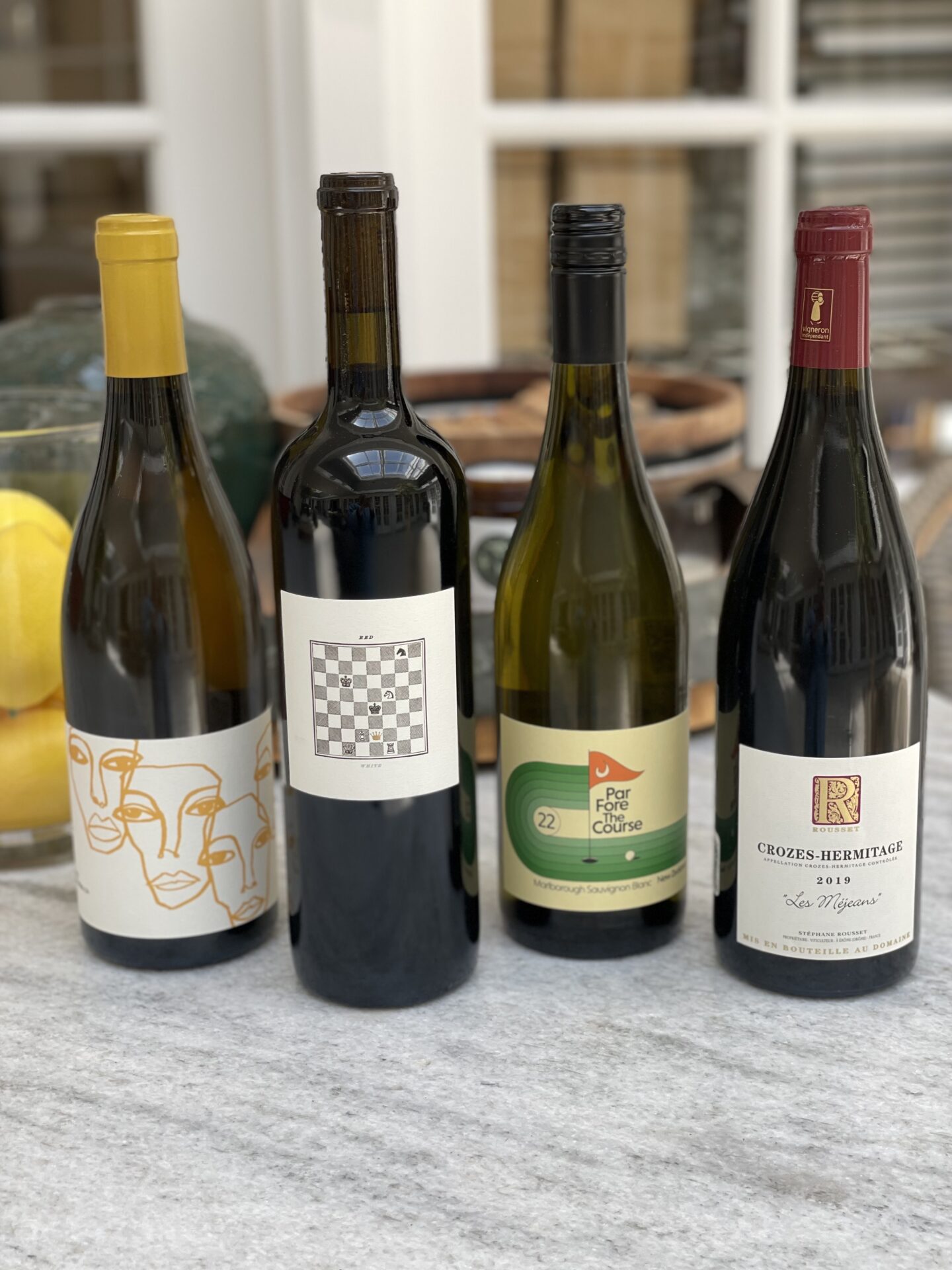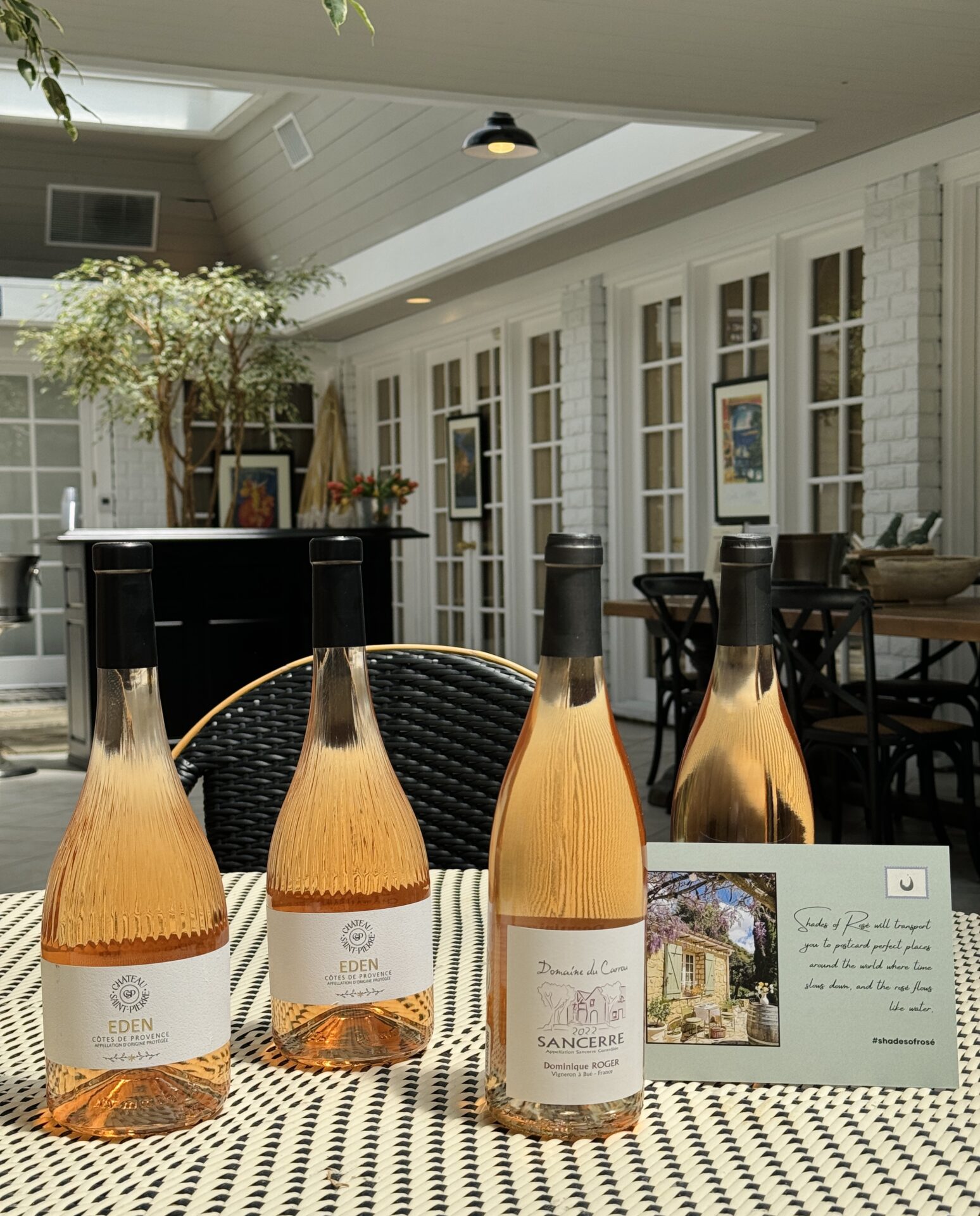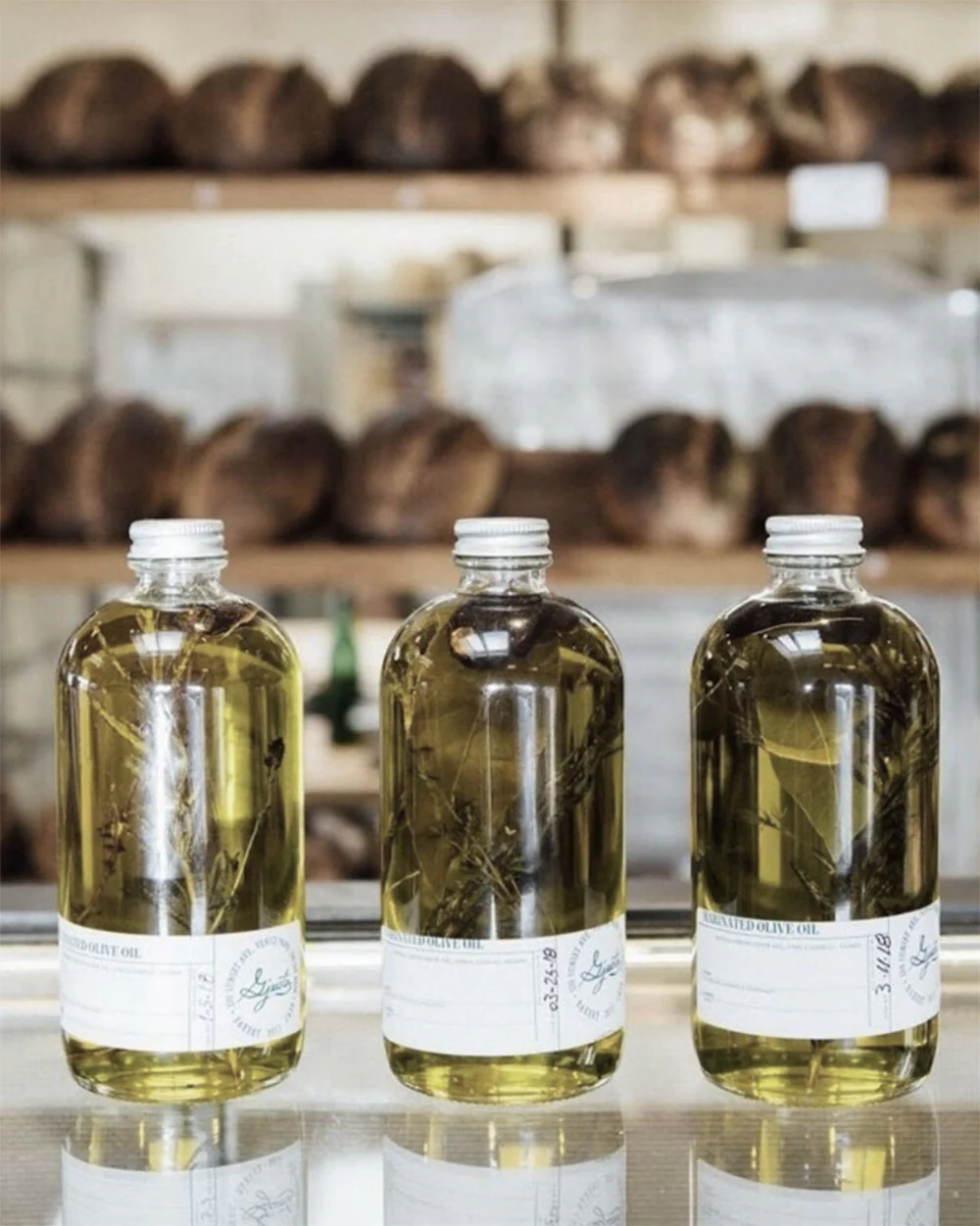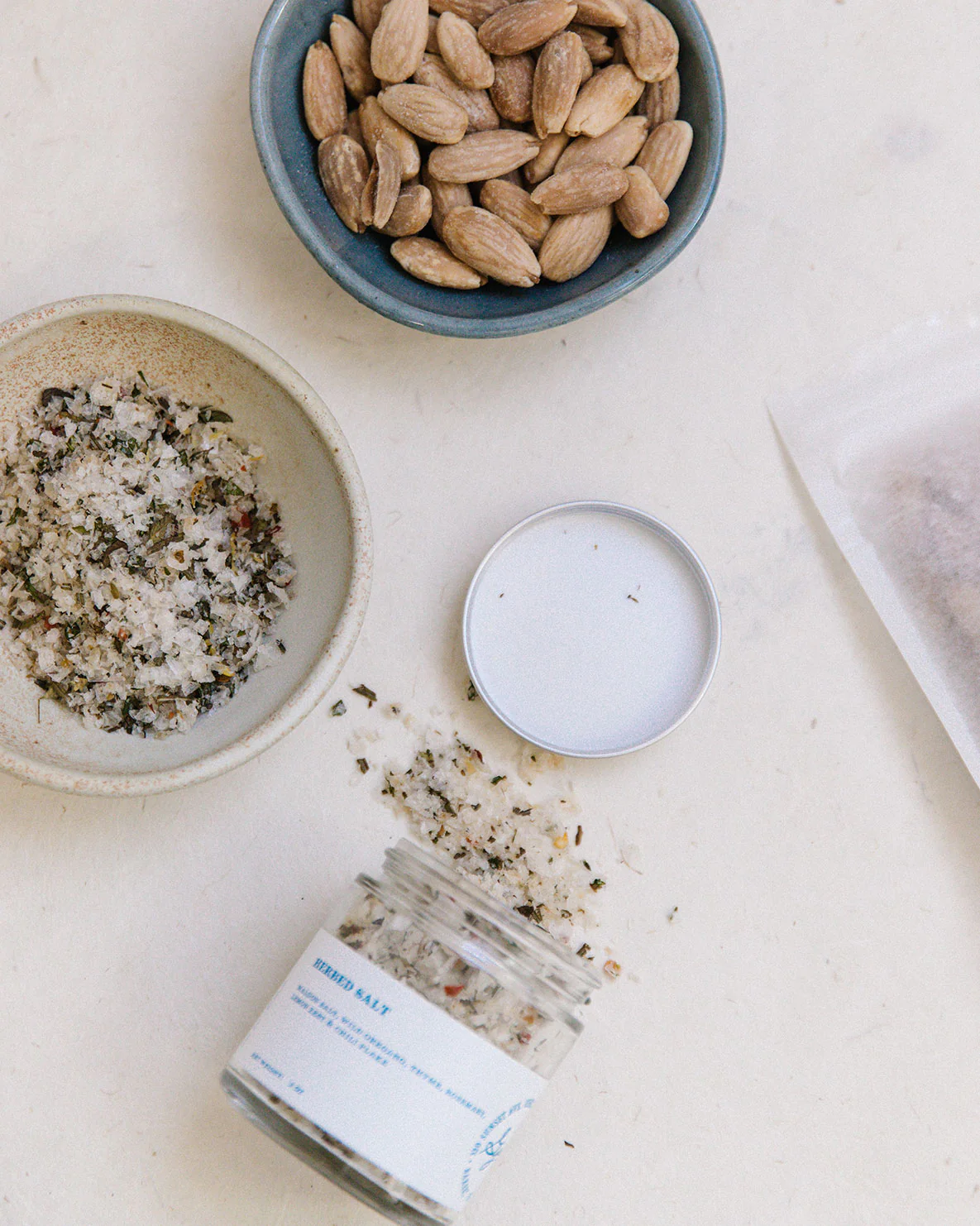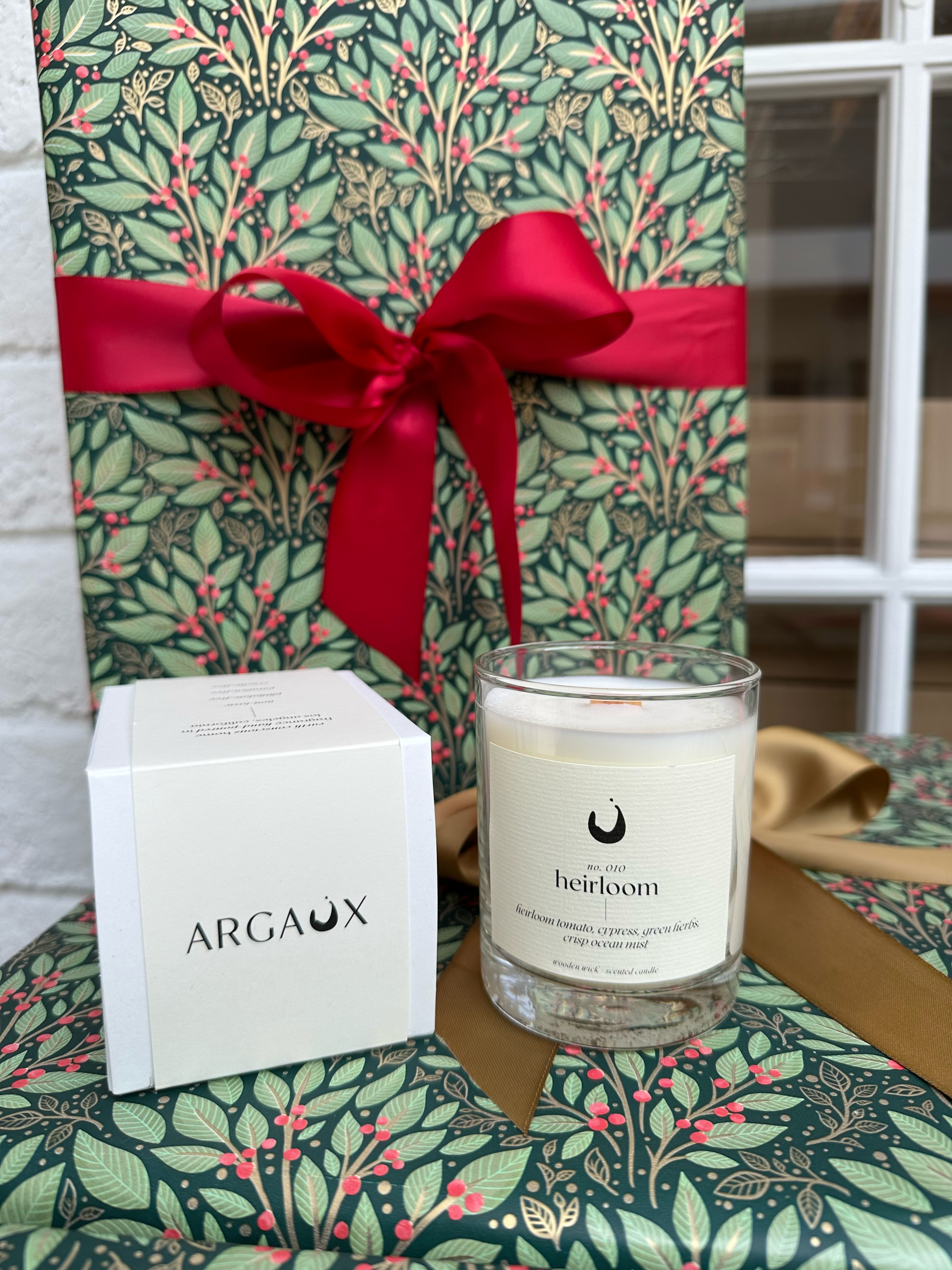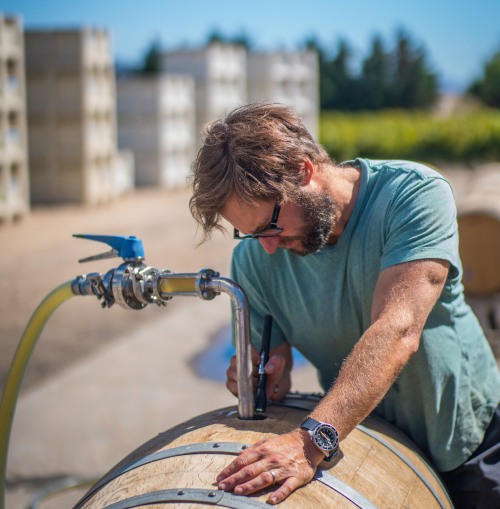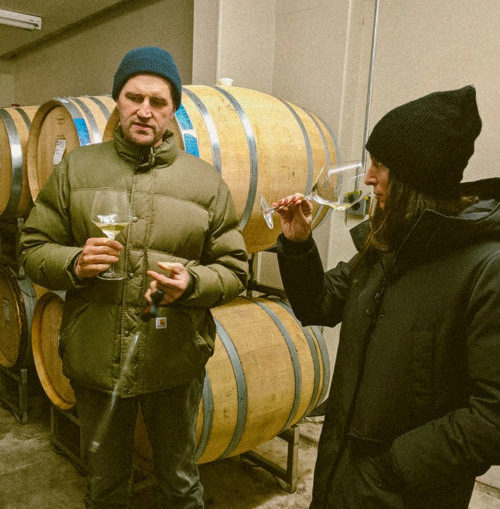Choose yourstyle
Filters
-
2022 Graci Etna Bianco Terre Siciliane
$36.00Picture yourself lounging on a sun-drenched terrace overlooking the Mediterranean, a glass of Etna Bianco in hand. This wine is crafted from grapes grown on the volcanic slopes of Mount Etna, Europe’s most active volcano, and it’s a testament to the unique terroir of Sicily and the talent of Alberto Graci. Enjoy with fresh seafood dishes, linguine with clams or light salads.
Certified organic farming practices, hand-harvested, and native yeast fermentation. Intervention of any kind is extremely limited, both in the vineyard and in the cellar. Only 750 cases produced!
-
2021 Moreau-Naudet Chablis ‘Montmains’ Premier Cru
$79.00Moreau Naudet will forever be one of our most cherished producers. Known for producing Dauvissat-style wines, young or old, there is no question that it is always excellent – a perfect expression of Chablis. Attention Chablis nerds, the 2021 is for you.
Organic/biodynamic farming practices, hand-harvested, native yeast fermentation and women-winemaker.
-
2021 Domaine Henri Boillot Bourgogne Blanc
$50.00This Burgundy is really fine and bright. The grapes come from Meursault, Auxey-Duresse and Puligny-Montrachet. The flavor intensity is subtle and the use of oak is on point. It’s a well-balanced wine that doesn’t lean too heavy in any direction. I recently enjoyed this with pistachio crusted salmon and couscous. It was an excellent pairing!
Organic farming practices, hand-harvested and aged in 350 litre neutral French oak barrels for 18 months.
-
Neptune School of Wine Student 4-Pack
$149.00The Neptune School of Wine 4-Pack was designed for students, by students. Each of the 4 wines featured in this kit were intently chosen by our team to aid in your educational journey, and are all considered ‘testable’ styles of wine for higher-level WSET tasting exams.
*Applicable for WSET levels 1-3 as well as CMS levels 1 and 2.Featured styles of wine in this pack:
- Oak influenced Cabernet Sauvignon from CA
- Oak influenced Chardonnay from CA
- New Zealand Sauvignon Blanc
- Premium Northern Rhône Syrah
Happy studying!
-
2021 Hubert Meyer Alsace Pinot Noir ‘Fut en Chene’
$35.00Alsace Pinot Noir has elegance, complexity, and an undeniable allure. Whether you’re a seasoned aficionado or a curious newcomer, there’s always something exciting about these wines. Hand-harvested and carefully vinified using traditional Burgundian techniques, this wine captures the essence of the region’s terroir. Suggestion: Decant for 1 hour before enjoying
Certified organic & biodynamic farming practices, hand-harvested, native yeast fermentation and less than 150 cases produced.
-
2021 Gurrieri Nero d’Avola
$30.00Sicily’s most important red grape, Nero d’Avola is similar to Syrah in profile with a little bit of a deeper color. It is the perfect summer pizza wine that is wonderful with a slight chill on it.
Certified organic farming practices, hand-harvested, native yeast fermentation and less than 350 cases produced annually.
-
2021 Martinelli Russian River Pinot Noir ‘Bella Vigna’
$50.00The ‘Bella Vigna’ is Martinelli’s Estate Pinot Noir. It is aged for 10 months in French oak (50% new) which gives the wine a bold, round body typical of the Martinelli style.
Certified sustainable farming practices, native yeast fermentation, unfined and unfiltered, woman-winemaker, and only 3,463 cases produced annually.
-
2022 Mauro Marengo Dolcetto d’Alba
$28.00It’s rare that you come across an up-and-coming producer from a region as historic and notable as Piedmonte. Nevertheless, it does happen, and when it does it FIRES US UP. This wine is medium-bodied with light, soft tannins so it pairs well with just about any Italian dish. There’s a reason why this is what the locals drink.
Organic farming practices, hand-harvested and only 600 cases produced!
-
Shades of Rosé: 2024 Collection
From: $100.00 per monthOUR SHADES OF ROSÉ PROGRAM IS BACK BY POPULAR DEMAND AND IT’S BETTER THAN EVER
This year, we’re excited to offer a 3 and 6 month program so you can rosé all Spring and Summer long. We’ll keep your fridge stocked with 4 bottles of rosé per month. You’ll travel the world to postcard perfect places where time slows down and rosé flows like water!
DETAILS: Choose your 3 or 6 month subscription of rosé – Each month you’ll receive 4 bottles from different regions around the world (2 new rosés each month, 2 bottles of each). Your first delivery will feature rosé wines from France, followed by a May delivery of rosé wines from Italy and a June delivery of rosé wines from California!
-
2020 Chateau du Cèdre Cahors Malbec
$35.00When you see Malbec, you probably think Argentina. However, the Malbec grape is actually native to Cahors and the French expression of this grape is deep, earthy and structured. It’s a total 180 from the common, fruit bomb Malbecs that line the shelves today. Next time you make a burger, pop this guy instead of your typical Cab.
Certified organic farming practices, hand-harvested, aged for 20-22 months in new oak and bottled unfined and unfiltered.
-
2015 Fontanafredda Barolo del Comune di Serralunga d’Alba DOCG (Magnum)
$145.00We just opened a bottle of this over the holidays and it was singing. The tannins were smooth and the flavors were perfectly integrated. It is ready to drink and be enjoyed with some bolognese!
Sustainable farming practices
-
2021 Hendry Napa Valley Pinot Noir (half-bottle)
$22.00This medium-bodied Pinot from prolific old school Napa winery, Hendry, is bright with fruit, has crisp acidity and velvety tannins. Try with mushroom and goat cheese tartlets, mushroom risotto, duck, or a cheese board with Brie and charcuterie.
Sustainable farming practices and family-owned winery.
-
2019 Domaine Gallety ‘Côtes du Vivarais’ Rouge
$34.00This Southern Rhone stunner comes from Saint-Montan, halfway between Cornas and Châteauneuf-du-Pape. The wine is smoothe and velvety with just enough weight to warm you up on a cold night.
Family-owned, organic farming practices and native yeast fermentation.
-
2019 Stéphane Rousset Crozes-Hermitage ‘Les Mejeans’
$44.00Access this wine and get 15% off when you sign up for Club Argaux’s Seasonal Subscription!
Contrary to the very high prices found in Hermitage, Cornas, and Côte-Rôtie, wines from Crozes-Hermitage tend to fall at much more affordable price points—and are just as textured, complex, and delicious! This savory, food-friendly wine pairs perfectly with any meat dishes and this https://argaux.com/frenchy-lentils/
Organic and biodynamic farming practices, destemmed, and raised in a combination of 225 and 500-liter French oak barrels (very small amount of new oak used)
-
Riofavara Sicilian Organic Extra Virgin Olive Oil
$28.00This organic olive oil from Sicily makes for the ultimate stocking stuffer! It is made from the local Antica Verdese variety and is aromatic with a buttery richness and just the right amount of spicy kick.
Organic farming proactices
-
2020 Evening Land Salem Wine Company Chardonnay
$30.00This wine was voted Best of Club Argaux by members. Not a member? Try this wine for a limited time by purchasing our Club Argaux Discovery 2-Pack.
GET 15% OFF ALL CLUB WINES WHEN YOU SIGN UP FOR CLUB ARGAUX’S SEASONAL SUBSCRIPTION!
Evening Land Vineyards is the Oregon-based brainchild of Sashi Moorman and Raj Parr, two of California’s most revered winemakers. Chardonnays from this specific area of Oregon are frequently compared to those of Burgundy, and this slightly reductive, incredibly complex bottling is no exception!
Organic and practicing biodynamic farming methods, LIVE certified, dry farmed, and only 695 cases produced.
-
2021 Bachelet-Monnot Bourgogne Rouge Pinot Noir
$50.00This Pinot Noir comes from 60-80 year old vines grown in the best parts of Burgundy. Unlike a lot of other Burgundies this wine is made with 15% whole cluster grapes with make the wine smooth and approachable from a young age. Enjoy now through 2030.
Sustainable farming practices, hand-harvested, and native yeast fermentation.
-
Lola James Harper Candle
$50.00The Trufo Studio is a music recording studio in Paris. The studio is on the top floor of an old Parisian building built in 1870… the place is filled with African and Oriental percussions, with a silver drum kit, and a load of electric and acoustic guitars… We love this place to create, compose and dream our songs…
Product Information: This candle is made in France. No animal derived ingredients Meeting IFRA Standards + Washington Convention / C.I.T.I.E.S Standards. The paper boxes are 70% made of recycled paper and are 100% recyclable.
To enjoy your candle, always cut the wick before lighting it and burn it by cycles of 3 hours.
-
2021 Domaine Chancelle Saumur Champigny Cabernet Franc
$30.00This wine was voted Best of Club Argaux by members. Not a member? Try this wine for a limited time by purchasing our Club Argaux Discovery 2-Pack.
GET 15% OFF ALL CLUB WINES WHEN YOU SIGN UP FOR CLUB ARGAUX’S SEASONAL SUBSCRIPTION!
Reminiscing on that delicious carafe of bistro wine from your last jaunt to Paris? There’s a good chance that it was made from Cabernet Franc. Best known as the signature red grape of the Loire Valley, these peppery, earthy wines are perfect for enjoying chilled with a variety of hearty fare—and this affordable, well-made expression from fifth-generation winemakers Thierry and Lydie Chancelle at Domaine Chancelle is no exception.
Sustainable farming practices, 40-year-old vines, hand harvested, and vinified in a combination of tank and used oak foudres. Light filtration prior to release.
-
Gjusta Bakery Herb Marinated Olive Oil
$16.00A flavorful finishing oil—made and bottled in-house at the famous Gjusta Bakery in Venice. The extra virgin olive oil is marinated with chili, garlic, and herbs from the market.
Perfect for dipping bread in, garnishing a soup, or finishing a tray of roasted veggies. Add a drizzle to anything asking for a touch more flavor!
-
-
2022 Domaine de la Villaudière Sancerre
$32.00Domaine de la Villaudiere is a family-owned winery located in Sancerre, the historic land of Sauvignon Blanc. This wine is classic, crisp and the perfect wine to pair with goat cheese, fish, and fresh veggies.
Certified sustainable farming practices and only 1,000 cases produced annually.
-
2020 Domaine Rougeot Père et Fils Volnay-Santenots Premier Cru
$150.002020 was a great year for Burgundy in terms of quality, but not quantity. Yields were low and stock is hard to come by. Get it while to can, especially since the following vintage, 2021, was a catastrophe.
Organic and biodynamic farming practices, hand-harvested, native yeast fermentation, unfined/unfiltered.
